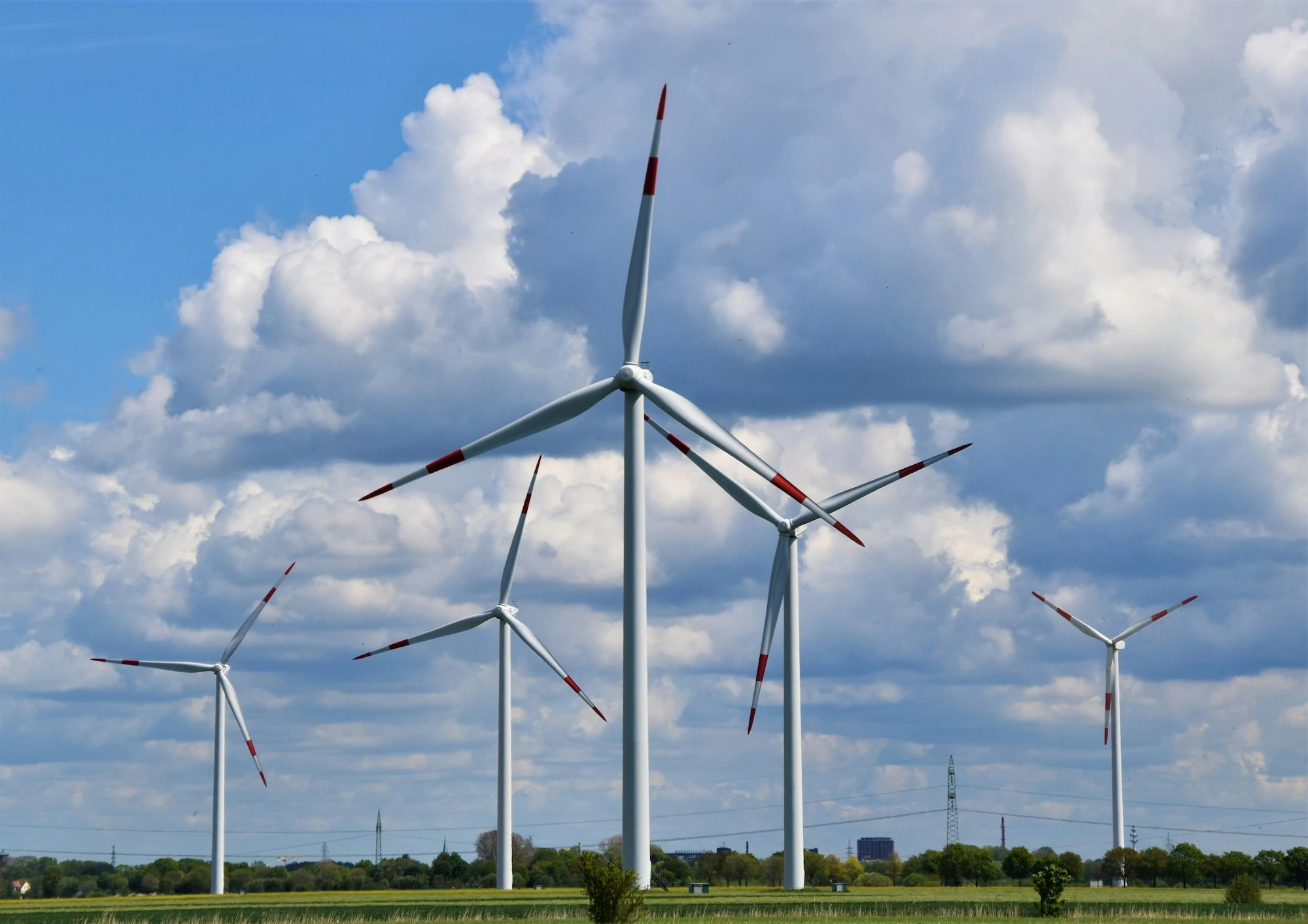Energy market trends: the outlook for 2024
2024 represents a pivotal point for the European energy sector. The rise of Artificial Intelligence (AI), demand-side dynamics and geopolitics will no doubt all have a significant role to play. So, might this year be the time where energy policy, investments and procurement decisions combine to create a sustainable, secure energy landscape?

Make better decisions with all the data you need to analyse European energy markets.